It has been estimated that at one point, the combined numbers of all bighorn sheep subspecies was somewhere in the realm of 1-2 million in North America. Unfortunately, after the colonization of the American Southwest during the early 16th century, Desert bighorn sheep populations dropped down to the brink of extinction. Their decline was due to over hunting, habitat loss and disease passed on from domestic livestock. This stabilization is due entirely to conservation efforts by hunters.
Where to Hunt Desert Bighorn Sheep
Due to the difficulty of drawing a tag and the high price of guaranteed tags, Desert bighorn sheep are usually also the sheep species that prevents most hunters from completing their slam. Desert bighorn sheep can be hunted in Arizona, Mexico, Nevada and Utah.
- In the Boone and Crockett Club all-time record book there have been just over 1,000 entries for desert bighorn meeting the 168 inch all-time minimum.
- Of those entries 62% came from Arizona and Mexico.
- The World record desert bighorn was taken by a Native American in 1940 and scored 205 ⅛ inches and is owned by the Arizona Desert Bighorn Sheep Society.
Look no further than Outdoors International if you need a Desert Bighorn sheep.
Whether you’re looking to finish your Sheep Slam or if you simply wish to hunt one of the hardest trophies to come by in North America, when you’re ready to start looking at options, let us know.
Desert Bighorn Sheep
A subspecies of North American bighorn sheep and a member of the bovidae family.
They usually average about five feet in length, standing approximately 2 ½ to 3 ½ feet at the shoulder. Adult males can weigh anywhere between 100 to up to 220 pounds, with ewes somewhere between 100-150 pounds. Males usually live 9-13 years and a few have been reported to live to 18 years of age. Ewes live longer, usually reaching 12-20 years of age.
Desert sheep are broad, heavy bodied animals with the ability to move seemingly effortlessly through steep rocky terrain. Their keen eyesight and concave, elastic hooves enable them to detect and evade would be predators such as mountain lions. One of their most notable characteristics are their thick, brown, curvaceous horns which can reach over three feet long. Their horns are a permanent keratin sheath that covers a bony core attached to the skull. Not only can the horns reach three feet in length, but a mature, full curl ram can reach a spread of up to 30 inches.
They are also very heavy, with combined skull and horn weight of some rams reaching almost thirty pounds. It’s pretty common to see mature rams with their horn tips broken or missing. This is called “brooming” and is usually done intentionally as the tips begin to interfere with their vision. Desert sheep use their horns to break open cactus for food and, of course, fighting.
Habits of Desert Bighorn Sheep
Desert bighorn sheep are a herd animal, and similar to mule deer, rams and ewes typically live separately for most of the year. They form groups of about 8-10, but have been known to reach herd sizes of up to one hundred. Rut takes place from July to September with most of the breeding done by the dominant males. These contests are fierce and sometimes end in death. The rams attack each other by ramming their thick skulls and horns into each other while running at full speed. These brutal fights can last several hours with the winner getting the spoils, or in this case the ewe.
Unlike other big game animals, desert bighorn sheep are the most active during the day and bed at night. They’ve also developed the ability to go extended periods of time without water. They sometimes go weeks and even months without water. Getting most of their moisture from browse, cactus and temporary rain pools. Their bodies can fluctuate several degrees, and they can even lose up to thirty percent of their body weight without dying. Desert sheep are extremely adaptable, resourceful and resilient.
Let’s Start Planning for Your Sheep Hunt Today!
Ask Us About a Hunt Request pricing and availability
Discover why thousands of people have trusted Outdoors International to help plan their hunt.
Outdoors International has a team of hand-selected hunting experts to help you book your next hunt. Our job it is to help you in researching, booking and planning a great hunting trip with one of our amazing outfitter partners around the world.
My hunt was absolutely top notch.
The outfitter is a fantastic man and incredibly hard working and knowledgeable, there is no doubt he will do everything within his power to make peoples hunts successful and enjoyable. I plan to do it again with him next year for sure.
Wade Zuver
Our hunt was excellent.
We saw bucks every day along with all other sorts of wildlife. Mountain goats, bears, and foxes were common sights. Fishing and crabbing was special bonus. The food was excellent, the crew was amazing. Outdoors International did a great job of finding exactly what we were looking for.
Jesse Neveau
What an amazing experience!
The hunting lodge was out of this world!, Rooms, food and the scenery were all A+. Our guide was exceptional and had us on Shiras moose all five days. We saw over 30 total with at least 10 bulls. They had a plan for everything including taxidermy and game processing.
Kayla Redmon


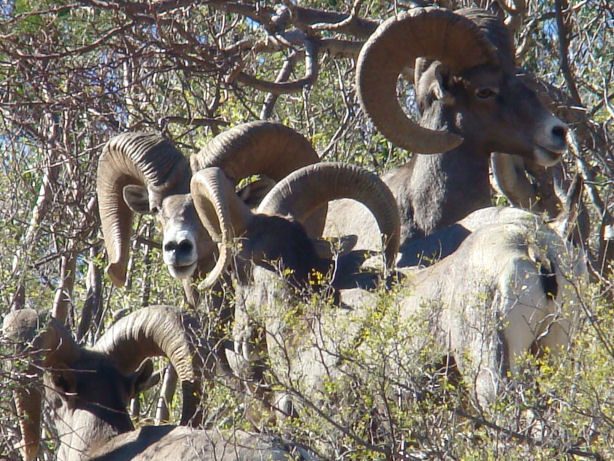
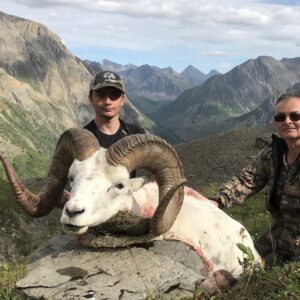
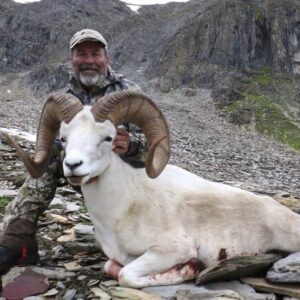
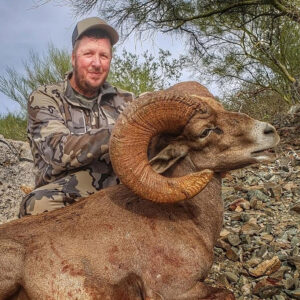
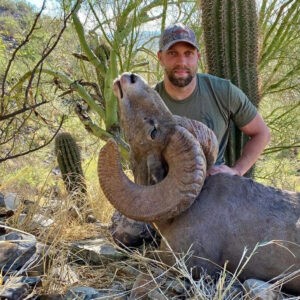
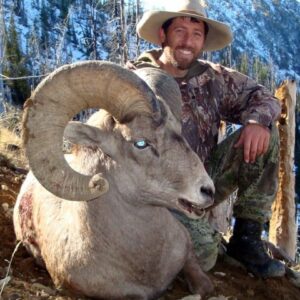

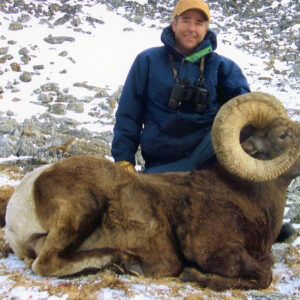
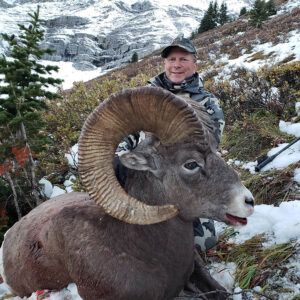


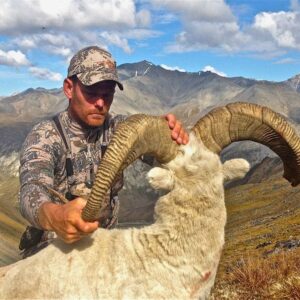
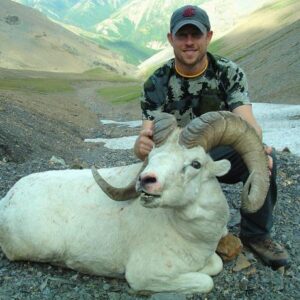
LET'S START PLANNING YOUR NEXT TRIP
Please be specific so we can find exactly what you're looking for.